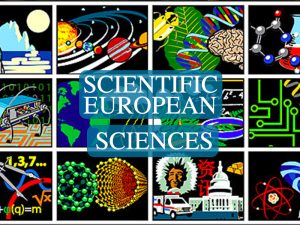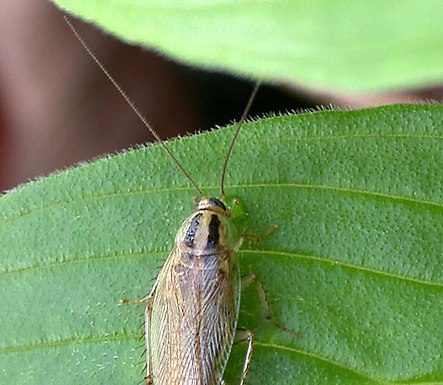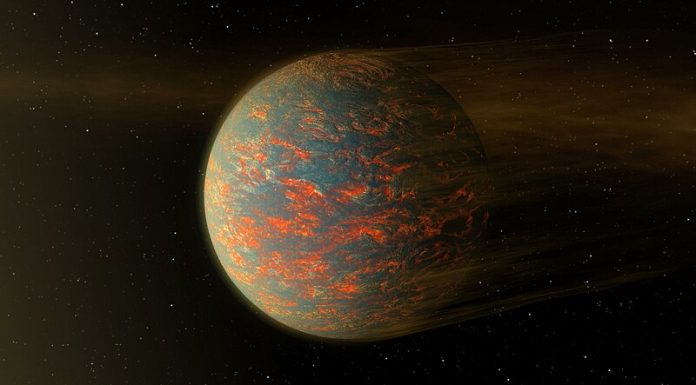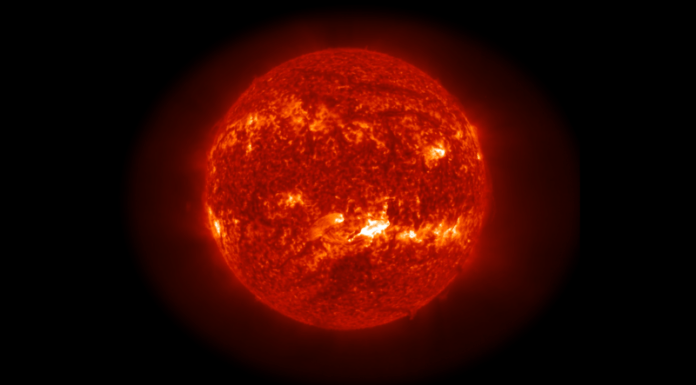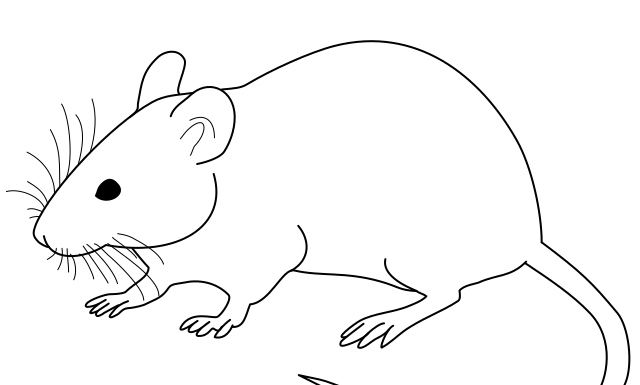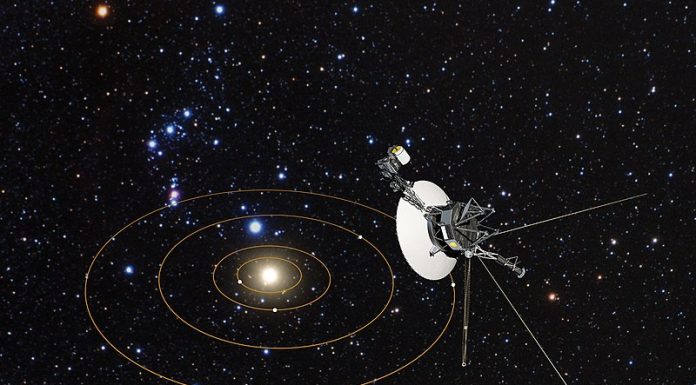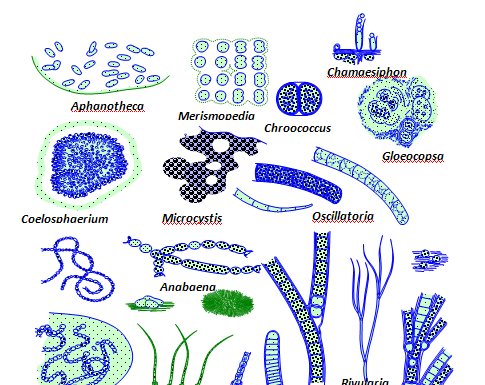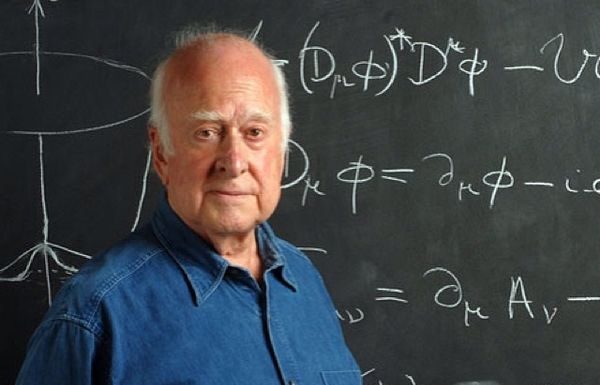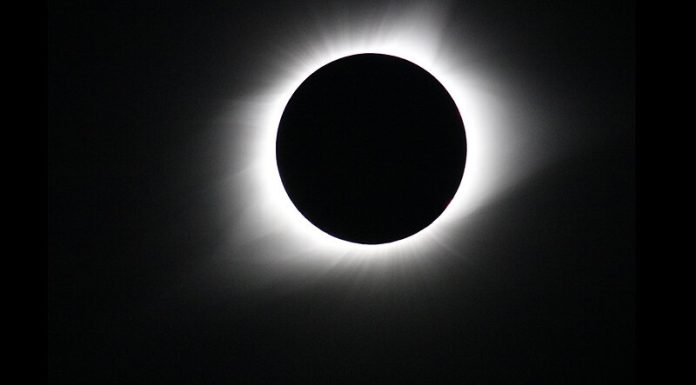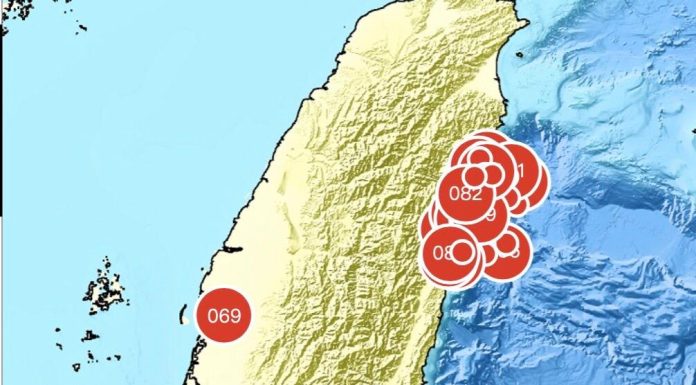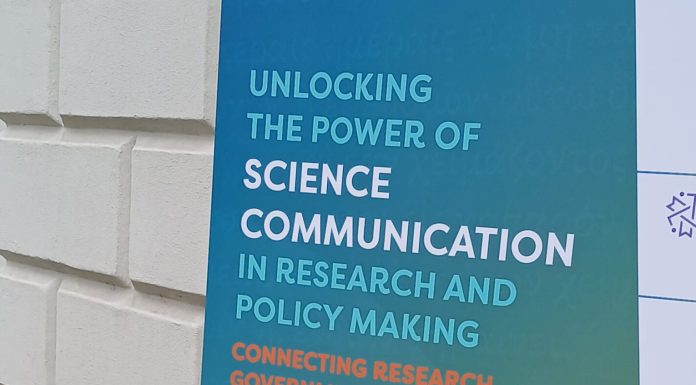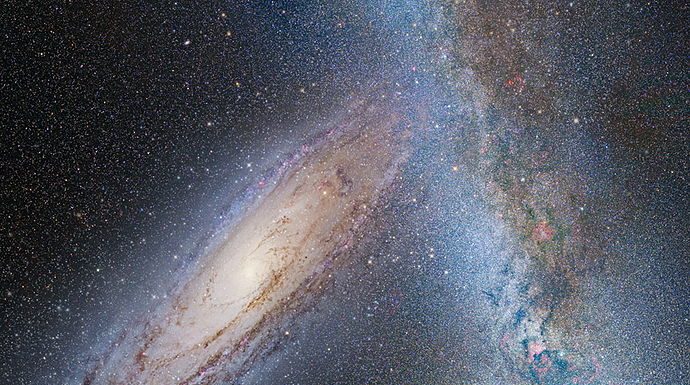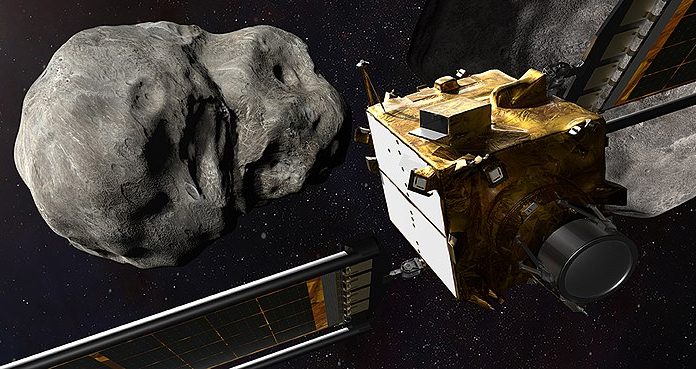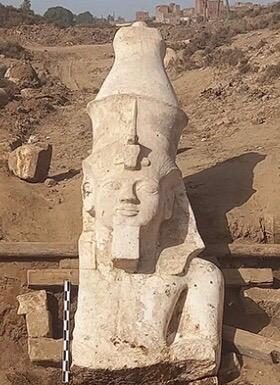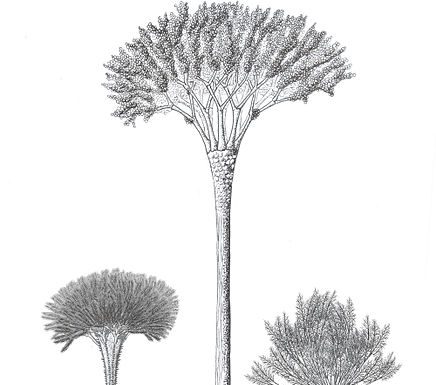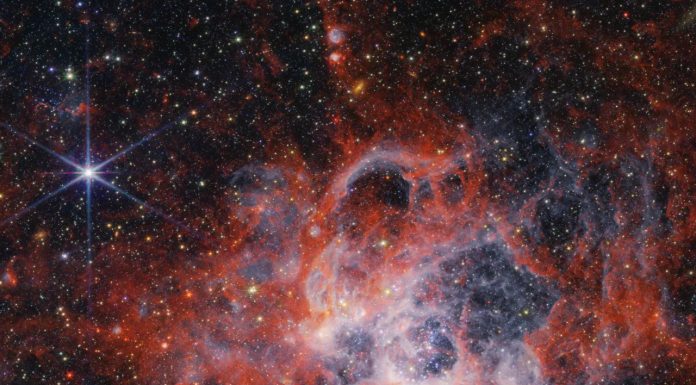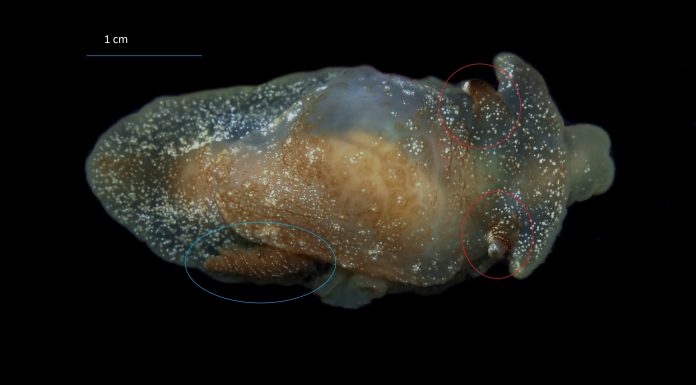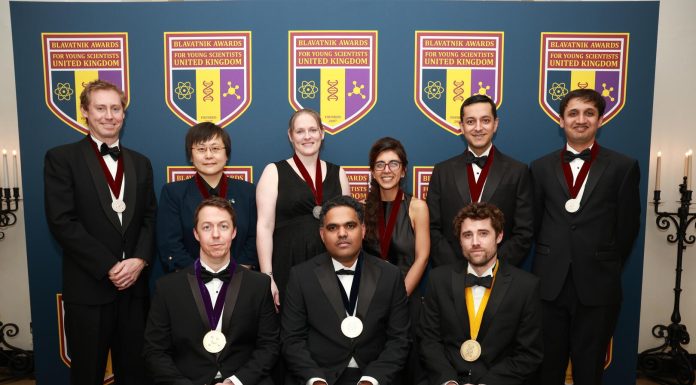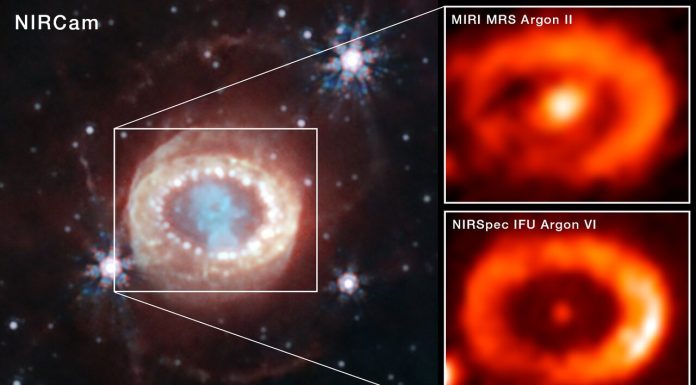The gigantic uniform aurora seen from the ground on the Christmas night of 2022 has been confirmed to be polar rain aurora. This was the first ground-based observation of polar rain aurora. Unlike typical aurora which are driven by...
In a recently published report, the Will Lab team of Columbia University reports success in crossing in BEC threshold and creation of Bose-Eienstein condensate (BEC) of NaCs molecules at a ultracold temperature of 5 nanoKelvin (= 5 X 10-9...
Tmesipteris oblanceolata , a type of fork fern native to New Caledonia in the southwest Pacific has been found to have the genome size of 160.45 Gigabase pairs (Gbp)/IC (1C = nuclear DNA content in a gametic nucleus). This is about...
Carrion crows can apply their learning ability and vocal control in combination to form an abstract numerical concept and use it for vocalizations.
Basic numerical ability (viz. capacity to understand and apply basic numerical ideas such as counting, adding...
The German cockroach (Blattella germanica) is world’s most common cockroach pest found in human households worldwide. These insects have an affinity for human dwellings and are not found in natural habitats outdoors.
The earliest record of this specie in Europe...
Why largest Pyramids in Egypt are clustered along a narrow strip in the desert? What means were used by the ancient Egyptians to transport such large heavy blocks of stones for construction of pyramids?
Experts have argued that perhaps...
A study involving measurements by James Webb Space Telescope (JWST) suggests that the exoplanet 55 Cancri e has a secondary atmosphere outgassed by magma ocean. Instead of vapourised rock, the atmosphere may be rich in CO2 and CO. This...
At least seven coronal mass ejections (CMEs) from the sun have been observed. Its impact arrived on Earth on 10 May 2024 and will continue through 12 May 2024.
The activity at sunspot AR3664 was captured by the GOES-16...
Interspecies Blastocyst Complementation (IBC) (i.e., complementation by microinjecting stem cells of other species into blastocyst-stage embryos) successfully generated rat forebrain tissue in mice which was structurally and functionally intact. In a related study, it was also found that the...
Voyager 1, the most distant man-made object in history, has resumed sending signal to the Earth after a gap of five months. On 14 November 2023, It had stopped sending readable science and engineering data to Earth following a...
Biosynthesis of proteins and nucleic acid require nitrogen however atmospheric nitrogen is not available to eukaryotes for organic synthesis. Only few prokaryotes (such as cyanobacteria, clostridia, archaea etc) have the ability to fix the molecular nitrogen abundantly available in...
British theoretical physicist Professor Peter Higgs, renowned for predicting mass-giving Higgs’s field in 1964 passed away on 8 April 2024 following a short illness. He was 94.
It took about half a century before existence of fundamental mass-giving Higgs field could...
Total solar eclipse will be observed in North America continent on Monday 8th April 2024. Beginning Mexico, it will move across the United States from Texas to Maine, ending in Canada’s Atlantic coast.
In the USA, while the partial solar...
Hualien County area of Taiwan has been stuck with a powerful earthquake of magnitude (ML) 7.2 on 03 April 2024 at 07:58:09 hours local time. The epicentre was 23.77°N, 121.67°E 25.0 km SSE of Hualien County Hall at a focal...
A High-Level Conference on Science Communication 'Unlocking the Power of Science Communication in Research and Policy Making', was held in Brussels on 12 and 13 March 2024. The conference was co-organised by the Research Foundation Flanders (FWO), Fund for...
A new image of the “FS Tau star system” taken by the Hubble Space Telescope (HST) has been released on 25 March 2024. In the new image, jets emerge from the cocoon of a newly forming star to blast across...
The formation of our home galaxy Milky Way began 12 billion years ago. Since then, it has undergone a sequence of mergers with other galaxies and grew in mass and size. The remnants of building blocks (i.e., galaxies that...
In the last 500 million years, there have been at least five episodes of mass extinctions of life-forms on the Earth when more than three-quarters of the existing species got eliminated. The last such large-scale life extinction occurred due...
A team of researchers led by Basem Gehad of Supreme Council of Antiquities of Egypt and Yvona Trnka-Amrhein of University of Colorado has uncovered the upper part of the statue of King Ramses II in the Ashmunin region in...
A fossilised forest comprising of fossil trees (known as Calamophyton), and vegetation-induced sedimentary structures has been discovered in the high sandstone cliffs along the Devon and Somerset coast of Southwest England. This dates from 390 million years ago which...
James Webb Space Telescope (JWST) has taken near-infrared and mid-infrared images of the star-forming region NGC 604, located nearby in the neighbourhood of home galaxy. The images are most detailed ever and offer unique opportunity to study high concentration...
Europa, one of the largest satellites of Jupiter has a thick water-ice crust and a vast subsurface saltwater ocean beneath its icy surface hence suggested to be one of the most promising places in the solar system to harbour...
A new species of sea slug, named Pleurobranchaea britannica, has been discovered in the waters off the southwest coast of England. This is the first recorded instance of a sea slug from the Pleurobranchaea genus in UK waters.
It is a...
Alfred Nobel, the entrepreneur better known for inventing dynamite who made fortunes from explosives and arms business and bequeathed his wealth to institute and endow “prizes to those who, during the preceding year, have conferred the greatest benefit to humankind”....
In a study reported recently, astronomers observed the SN 1987A remnant using James Webb Space Telescope (JWST). The results showed emission lines of ionized argon and other heavily ionised chemical species from the centre of the nebula around SN...






























